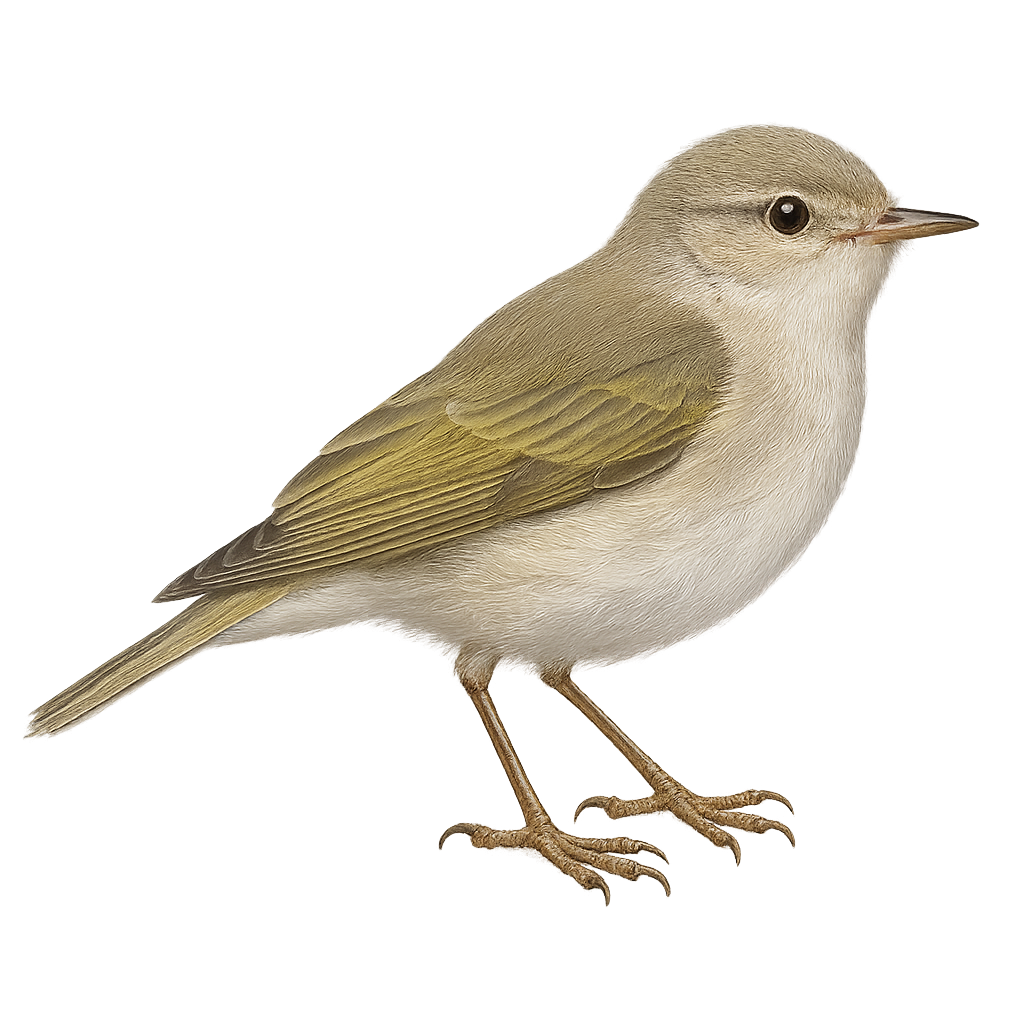Your wildlife photography guide.
Explore the bonelli's warbler in detail, study its behavior, prepare your shots.
Where to observe and photograph the bonelli's warbler in the wild
Learn where and when to spot the bonelli's warbler in the wild, how to identify the species based on distinctive features, and what natural environments it inhabits. The WildlifePhotographer app offers tailored photography tips that reflect the bonelli's warbler’s behavior, helping you capture better wildlife images. Explore the full species profile for key information including description, habitat, active periods, and approach techniques.
Bonelli's Warbler
Scientific name: Phylloscopus bonelli

IUCN Status: Least Concern
Family: PHYLLOSCOPIDAE
Group: Birds
Sensitivity to human approach: Suspicious
Minimum approach distance: 5 m
Courtship display: May to June
Incubation: 12-14 jours
Hatchings: May to June
Habitat:
Oak forests, pine forests, scrubland
Activity period :
Primarily active during the day, with peak activity in the morning and late afternoon.
Identification and description:
The Bonelli's Warbler is a small songbird belonging to the Phylloscopidae family. It is mainly found in southern Europe and northern Africa. This passerine measures about 11 cm in length and weighs between 7 and 9 grams. Its plumage is primarily olive green on the upper parts and white on the underparts, with a distinctive pale wing bar. The song of the Bonelli's Warbler is a rapid, repetitive trill, often heard in oak and pine forests. It feeds mainly on insects and larvae, which it catches by flitting agilely among the branches. A migratory bird, it winters in sub-Saharan Africa before returning to Europe for the breeding season.
Recommended lens:
400mm – adjust based on distance, desired framing (portrait or habitat), and approach conditions.
Photography tips:
To photograph the Bonelli's Warbler, it is advisable to use a telephoto lens of at least 400mm to capture detailed images without disturbing the bird. Look for it in oak and pine forests, where it is often active during the day. Be patient and discreet, as this bird can be suspicious. Use a tripod to stabilize your camera and wait for it to come close enough to get sharp shots. Prefer early morning or late afternoon hours to benefit from soft, natural light.
The WildlifePhotographer App is coming soon!
Be the first to explore the best nature spots, track rutting seasons, log your observations, and observe more wildlife.
Already 1 430 wildlife lovers subscribed worldwide

